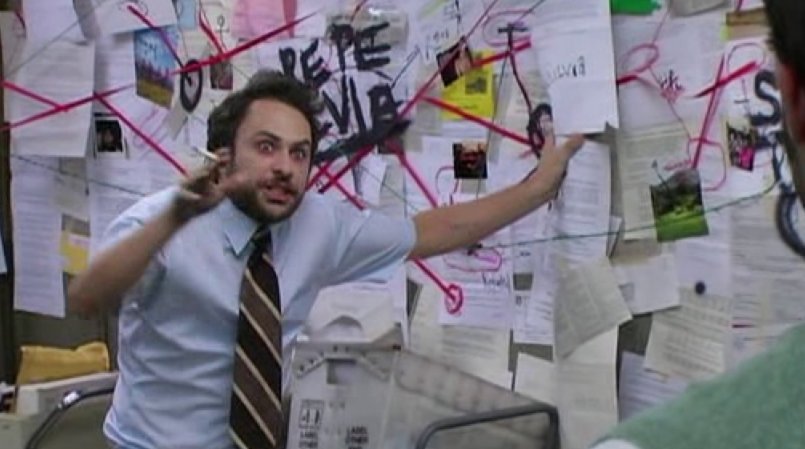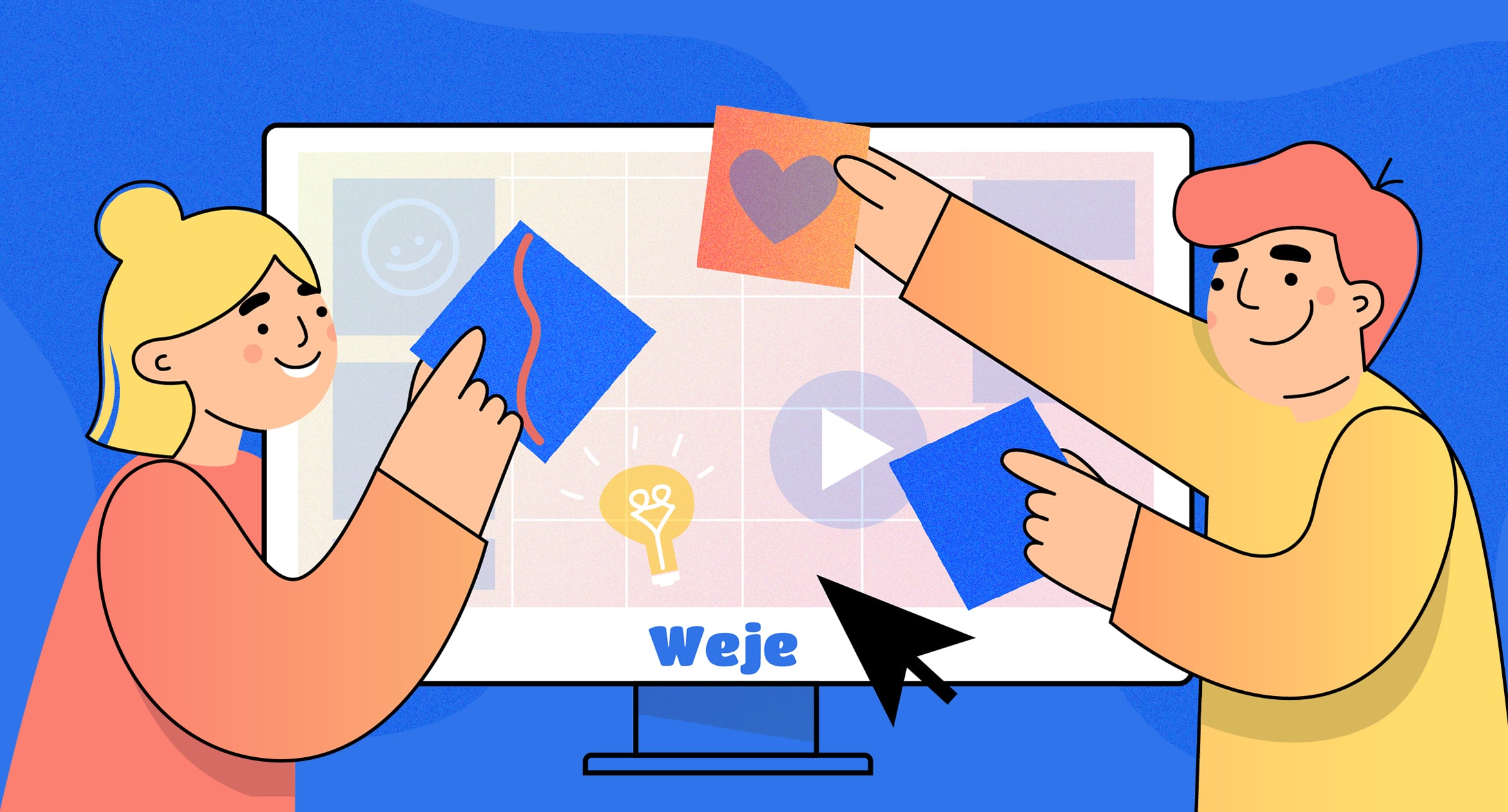Mood boards or inspiration boards are digital or physical collages that classify texts, images, materials, and other design elements into a form that is a complete representation of the final design. Mood Boards can be used for making website designs, brand designs, product designs, and almost any other kind of design project. Mood boards can be based on a specific topic or can be any randomly chosen material. A mood board can be used to express a generalized idea or a feeling about a certain topic.
Who usually needs mood boards?
Photographers, graphic designers, industrial designers, interior designers, and other creative artists make use of mood boards to visually show the style they want to pursue. Nonetheless, these boards can as well be used by design experts to visually illustrate a particular style of writing or a fictional setting for a plotline. In other words, mood boards are not restricted to visual themes, however, it functions as a visual tool to promptly inform others of the general flow of an idea.
Why do we use a mood board?
Mood boards can serve lots of functions beginning with putting together the inspiration around a project. They can be a useful resource all through the design project, to help maintain the style and artistic content and keep on track with the aim and expectations of the client. Mood boards are also a great way to perfect the style of a project before starting the actual design process. They are significantly lower investment than prototypes and mockups in regard to time as well as resources and can express so much about the appearance and feel of the final design.
Mood boards are also a perfect way to express design ideas to the client. When a website designer says “Grotesk fonts” or “realism” or “minimalist”, so many clients will be totally confused as to what the web designer is talking about. However, a glance at the mood board, they can determine whether or not they like the idea shown to them on the mood board.
In conclusion, mood boards can as well make sure that design teams are all in sync when they are working on a project together. A designer’s minimalistic idea can be much more minimalist than that of his or her partner.
Types of mood boards
Conventionally, mood boards are created from foam boards that can be cut up with a scale and can as well have spray mounted dab-outs inserted on them. Making mood boards in a digital form may be simpler and faster, particularly when it concerns partnership or alteration of projects but physical objects sometimes tend to have a greater effect on people because of the more complete palette of emotions physical mood boards give, as opposed to the digital mood boards. Mood boards can be painted into any desired color.
How to make a mood board with Weje
Here’s a neat example from Game UI of how they united views of different levels in one board. It’s a pretty working task but the same way you can do your personal boards with pictures, videos, docs, and useful links in them.

There is no specific method of creating a mood board. They come in different shapes, styles, and formats. Many designers make them digitally while others make physical collages. There are many options available such as dedicated apps, Photoshop templates specifically for those who make digital mood boards. There’re millions of inspiration sources are available online, e.g. Instagram hashtag search or Google results are the easiest things that come to your mind 🙂
What to include on a mood board
Each mood board is different, and what a designer decides to add will differ based on the project. A brand mood board may have a lot more elements than the packaged option or website design. The crucial thing is to add as many elements as you will need to express the look and feel of the design you are making.
Here is a list of things to include in a mood board:
Images: These can include product images, brand images, stock photography, photos found on social media or other sites that share photos, illustrations, and even logos.
Colors: Including the design’s color palette, which can be easily refined using a color palette tester, is an essential part of so many mood boards and can be incorporated as swatches or added to images and other design elements.
Visual metaphors: These are a crucial part of contemporary advertising as well as branding, and can be incorporated if relevant.
Words: Words that are related to the brand or messages that should be conveyed can be a crucial part of any mood board.
Fonts: A particular font (or at least general font style) should be incorporated into mood boards by designers for any design where the text will be noticeable.
Textures: Any pattern or texture that will be needed should be included in the mood board.
Explanations: As required, explanations for elements added to the mood board can add a framework and makes it less difficult to see how all the different parts will work out at the end of the design.
Choosing a specific theme can bring wholeness to the mood board determined by the final design. The theme should be closely related to the aims of design or brand although it can be abstract. For instance, a child’s clothing website can have a carnival or jungle theme, however, it does not mean it is a must for it to have clowns or tigers as well. Rather, a mood board based on those themes could incorporate things like the natural texture or primary colors.
Mood boards format
Mood boards can be made in physical or digital formats which both have their advantages and disadvantages
Physical mood boards can aid digital designers to think of other things than screens. This can be perfect for projects that need inspiration from the physical world. However, it can also need a lot of printing and a little more mess to create physical boards. Physical boards can as well be difficult to make or share with clients or other team members (the best method of sharing it is to take pictures of them).

Digital mood boards on the contrary can at times limit the creativity of a designer, as they will be using the same tools they use every day, which may mean that they are making use of the same mindset that they are conversant with. In few cases, this will not be an idea, however, when trying to come up with a truly different design, it can be a problem. Digital mood boards are very easy to share, though, as they can be easily sent as an image file and shared (and few programs accept sharing directly).
Mood boards as communication tools
One of the best advantages of making a mood board prior to the time you dive into mockups and prototypes is that it is a useful tool for communicating with other team members as well as clients. When designers first make mockups and prototypes, if the client is not pleased with the design, it can lead to wasted time and resources however it can also result in distrust if the client feels it is entirely different from what they wanted. Making a mood board can as well stop the dreaded “I will know what I want once I see it” syndrome with clients. Presenting them a mood board gives them something to see which is fairly of low quality and easy to make.
Designers can even make many mood boards if they are totally uncertain of what the client really wants. Showing clients a mood board beforehand in the process can as well mean lesser corrections to the final designs as it can make the designer and the client to be in sync once the design process starts. And when designers satisfy the expectations of the client from the beginning (even when these expectations are not clearly cut out), the client puts more faith in the abilities of the designer.
10 easy steps to make a mood board
1. Set the direction of your project.
2. Collect existing material.
3. Add inspiring imagery.
4. Add examples of motion and sound.
5. Add color, fonts, and files.
6. Change your board from messy to organized.
7. Wherever you are, remain open to inspiration.
8. Explain your thoughts.
9. Collaborate and build on your ideas.
10. Ask for feedback.
Whether designers make physical or digital mood boards, there are crucial steps in making a cohesive design style for any project. With the pros of mood boards and no drawbacks (except for some time invested), it is reasonable for designers to incorporate mood boards into whatever design project they work on, either it is a complete bonding concept or a simple website redesign.
Spending enough time on the mood board phase can make a project work out fine. It is easy to misinterpret a person’s expectations, especially if the individual is not sure about how they imagine their project to come out. To avoid problems of misinterpretation, creating a mood board is what you need to do once you start the project and stop wasting valuable time on assumptions that may at the end of the day make your project get rejected.
Published: February 21, 2021




